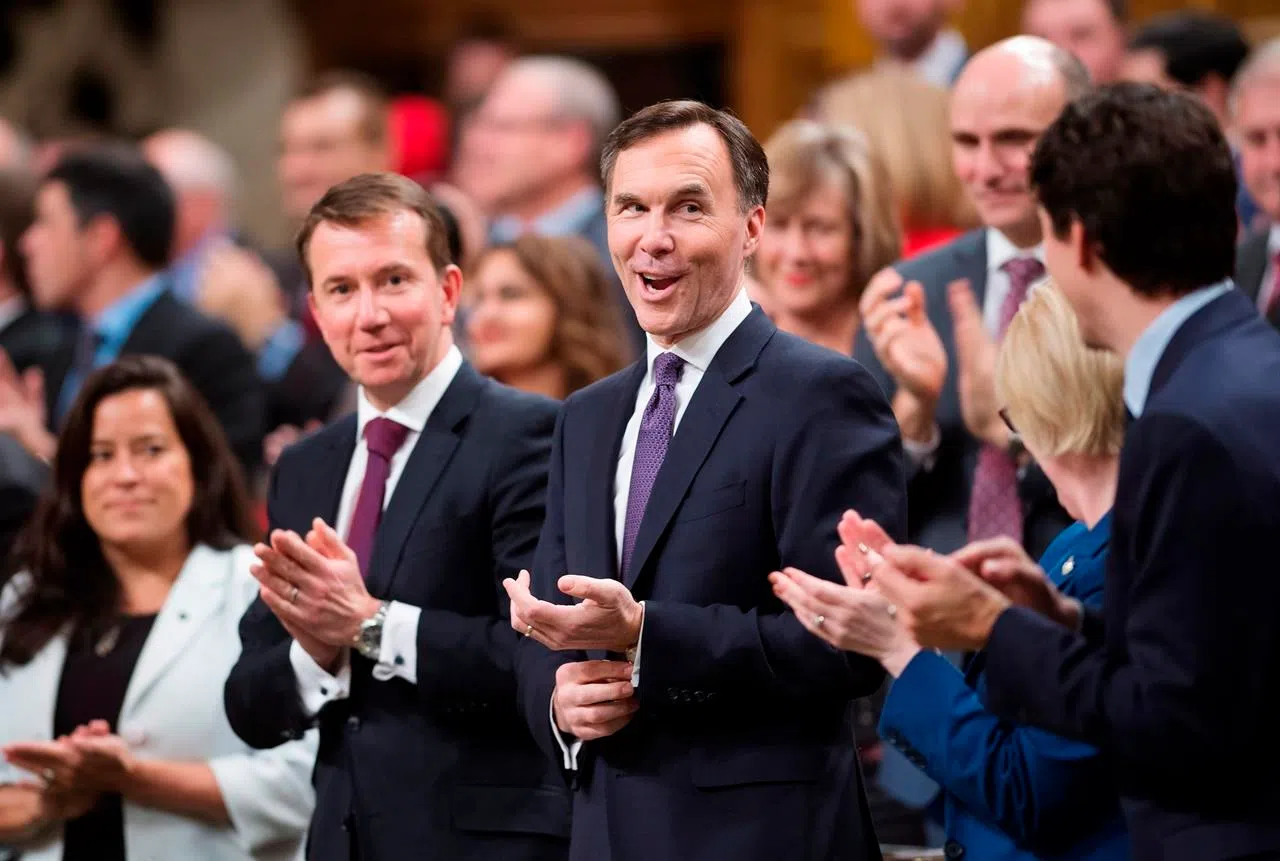
Liberals champion their values in 2018 budget aimed at long-term vision
OTTAWA — The Liberal government is championing its values — and its spending — in a federal budget that reads like a campaign-friendly road map designed to ensure that no woman, scientist or national wildlife area gets left behind.
“It is a plan that puts people first — that invests in Canadians and in the things that matter most to them,” Morneau told the House of Commons on Tuesday after he tabled the 2018 federal budget.
The document, which details a $18.1-billion deficit, including a $3-billion adjustment for risk, also shows the Liberal government is doubling down on the idea that spending money is good for the long-term future of Canadians — and that includes borrowed money, even when they had room to avoid it.
Once again, despite Prime Minister Justin Trudeau having promised to end deficit spending by 2019, there is no timeline for getting back to black.
